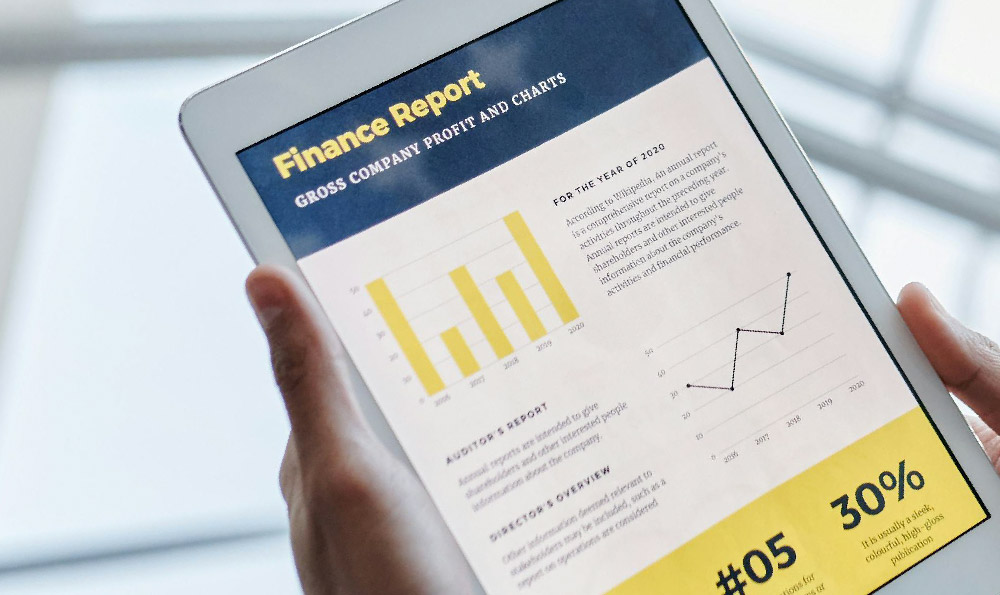How does Spotify generate revenue? What are Spotify's income streams?

Spotify, the ubiquitous digital music service, has revolutionized the way people consume music, transitioning from physical ownership to on-demand streaming. However, the company's path to profitability has been a long and winding road, and understanding its revenue generation mechanisms is crucial to appreciating its business model. Spotify’s revenue streams are primarily derived from two core sources: Premium subscriptions and Advertising. Let’s delve into each to understand their contribution and function.
Premium subscriptions form the backbone of Spotify’s revenue. This model offers users an ad-free listening experience, higher audio quality, offline downloads, and on-demand playback. These features are highly desirable for dedicated music listeners who value uninterrupted listening and the ability to enjoy their favorite tracks without using data. The subscription fee, typically charged monthly, varies depending on the region and subscription type (individual, family, student, duo). This recurring revenue stream provides Spotify with a stable and predictable source of income, enabling the company to forecast future earnings and invest in content acquisition and platform development. The success of the Premium model hinges on attracting and retaining subscribers, a task that requires constant innovation in features, content, and user experience. Strategies employed to boost subscriber numbers include free trials, bundled offers with telecommunication companies, and exclusive content partnerships with artists. Retaining subscribers is equally important, which is achieved through personalized playlists, recommendations, and a constant stream of new music releases. The scalability of the subscription model is significant. As Spotify expands its global reach and acquires more subscribers, the revenue generated from this source increases exponentially, providing a strong foundation for long-term growth.
The second key revenue stream for Spotify comes from advertising. This model allows users to listen to music for free, but with intermittent audio and visual advertisements. These ads are targeted to users based on their listening habits, demographics, and location, making them more relevant and effective for advertisers. Spotify’s advertising revenue is generated in several ways. Audio ads are short commercials that play between songs, while display ads appear on the app or desktop interface. Sponsored playlists and content allow brands to directly associate themselves with specific genres or artists, further enhancing brand visibility. Video ads are also utilized, particularly on the mobile app, offering a more engaging advertising experience. Advertising revenue is crucial for Spotify as it allows the company to offer a free tier, attracting a wider user base. These free users serve as a funnel to convert them into paying subscribers. The effectiveness of advertising on Spotify depends on several factors, including the size and engagement of the free user base, the accuracy of ad targeting, and the quality of the advertising creative. Spotify employs sophisticated algorithms and data analytics to optimize ad targeting and ensure that ads are delivered to the most receptive audience. Maintaining a delicate balance between advertising revenue and user experience is critical. Overly intrusive or frequent ads can drive free users away, negatively impacting the overall ecosystem. Spotify strives to strike this balance by carefully managing ad frequency and relevance.

Beyond these two primary revenue streams, Spotify is exploring other avenues to diversify its income and enhance its profitability. One area of focus is podcasts. By investing heavily in original podcast content and acquiring podcasting platforms, Spotify is aiming to become a leading destination for podcast listeners. Podcasts generate revenue through advertising, much like the free music streaming tier, and can also attract new users to the platform. The potential for podcast revenue is significant, as the podcasting industry continues to grow rapidly. Another area of exploration is the expansion into adjacent audio markets, such as audiobooks. By offering audiobooks alongside music and podcasts, Spotify can cater to a wider range of audio content consumers and further solidify its position as a comprehensive audio platform. This diversification strategy also allows Spotify to leverage its existing user base and infrastructure to generate additional revenue.
Data and Analytics play a significant role in optimizing Spotify's revenue generation. The company collects vast amounts of data on user listening habits, preferences, and demographics. This data is used to personalize the user experience, improve ad targeting, and inform content acquisition decisions. By understanding what users want to listen to, Spotify can curate playlists and recommendations that are more likely to engage users and keep them coming back for more. The insights gleaned from data analytics also help Spotify negotiate better deals with record labels and artists, ensuring that the company can secure the rights to the most popular and relevant content at competitive prices. The effective use of data is a key differentiator for Spotify, allowing it to stay ahead of the competition and maximize its revenue potential.
Challenges remain. The royalty payments to record labels and artists represent a significant expense for Spotify, often consuming a substantial portion of its revenue. Negotiating favorable royalty rates and finding ways to reduce these costs are crucial for improving Spotify's profitability. Competition from other streaming services, such as Apple Music, Amazon Music, and YouTube Music, also poses a threat. Spotify needs to continuously innovate and differentiate itself from its competitors to maintain its market share and attract new users.
In conclusion, Spotify’s revenue generation strategy relies heavily on its Premium subscription model and advertising revenue, supplemented by emerging opportunities in podcasts and other audio content formats. A commitment to data-driven decision making, user experience enhancements, and strategic partnerships is key to sustainable growth and profitability in the dynamic digital music landscape. As the audio streaming market evolves, Spotify must continue to adapt and innovate to remain a leader in the industry and deliver value to both its users and its shareholders. The future success of Spotify depends on its ability to effectively manage its costs, expand its revenue streams, and stay ahead of the competition in a rapidly changing market.















